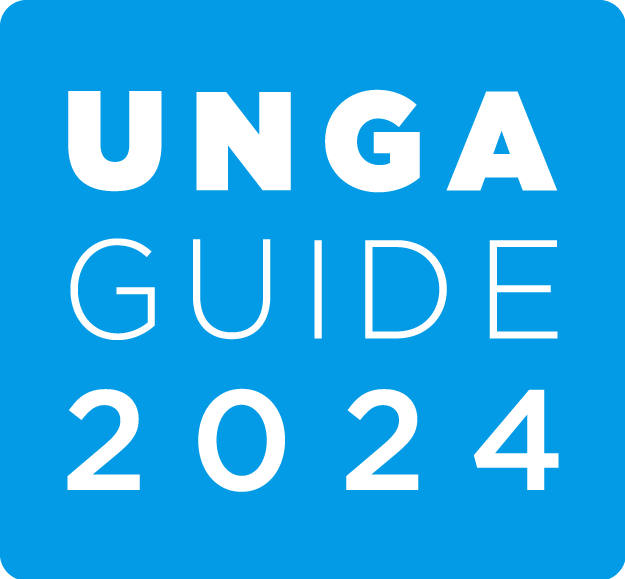
Frontier Synchotron technologies contribution to the implementation of the UN Agenda 2030
VENUE:
41 Madison Avenue, Manhatann
Registration at 9h30
Session starts at 10AM
Session finishes 1PM
Introduction and aims
Our plenary program has 12 speakers (10 in person and 2 virtual) aiming at demonstrating the role that Frontier Synchrotron Technologies play in the implementation of the UN SDGs. Our sessions cover a variety of topics focussing on this innovative technology. This session explores ways researchers from LATAM/Greater Caribbean and Africa can have more access to this kind of big science infrastructure to advance the overall UN Agenda 2030 and address specific local health, economic and social challenges confronted by people living in these regions.
Abstract
Our sessions will examine how equitable access to big science institutions can accelerate the progress of the UN’s sustainable goals such as tackling poverty, hunger and gender issues.
Of the over fifty synchrotrons or particle accelerators around the world that generate electromagnetic waves for research in a variety of disciplines, which are capable of reducing research time from years to just weeks, only one is in Latin America (Brazil) and none in Africa. The sessions will discuss the SESAME Synchrotron as a model for achieving the goals of this project and analyse the partnership developed among different regional organisations from LATAM/Greater Caribbean and Africa to make the project a reality.
Therefore, scientists from these regions do not have access to this highly accurate and fast frontier technology. This lack of access to this kind of frontier technology has created a big research gap for scientists conducting studies in some of the poorest regions in the world. Local scientists demand more power to prioritise their own areas of research.
This special plenary session to explore skilling up thousands of researchers from the developing regions of Latin America and the Greater Caribbean in this specialised synchrotron technology to close this gap, finding alternative funding sources for training and capitalising on the opportunity to build laboratories for capacity building using some of the spare capacity existing in Synchrotrons already operating. The session also explores ways that these regions could build their own infrastructure once they reach a minimum number of potential users.
Expected outcomes
1. Providing solid evidence of the Frontier Synchrotron Technologies to the implementation of the UN Agenda 2030
2. Discuss ways the international community could help to build research capacity and develop specific educational programs to provide more frontier synchrotron technology access to researchers working in some of the poorest regions of the world
3. Explore ways that the project can address gender diversity in Latin American and African facilities
4. Explore innovative ways to fund this project in the short, medium and long term
Introduction
H.E. Mr James Larsen
Australia’s Ambassador and Permanent Representative to the United Nations (pencilled)
Introduction
JoAnne Hewett Director of BNL (confirmed)
Convenor:
Victor Del Rio
RMIT University
Speakers
Herman Winnick (online)
The SESAME Experience as a Model for the GCLSI
Galileo Violini
LATAM Synchrotron in the Greater Caribbean
Victor Del Rio
Frontier Synchrotron technologies contribution to the “No poverty” and “Zero hunger” UN SDGs
Angel Calderón
Geography of Knowledge Production and Frontier Technologies for addressing the UN SDGs
Francisco Tovar
Harnessing Micro/nano technologies and Synchrotron Light for Sustainable Development: Addressing Challenges in Developing Countries
Matías Moreno
On the STEM Implications of the GCLS for Regional Development
Victor Castaño
Industry 4.0 and a Synchrotron in the Central America/Caribbean Region (CA/C): challenges and opportunities
Qun Shen
Societal Impact of Synchrotron Light Sources: NSLS-II
Louise Marie Debefve
Capacity building: GCLS and CHESS
Brenda Valderrama
How to build a critical mass of synchrotron users
Simon Connell (Online)
The Greater Caribbean and African Light Sources Working in Partnership
Thierry d’Ameida
X-Tech Lab in Benin as a Model for Human Capacity Building in Crystallography
